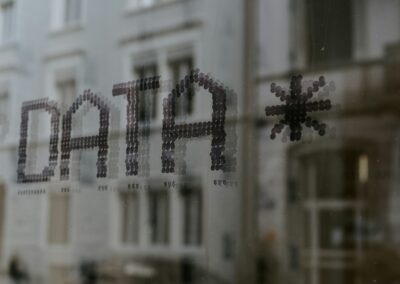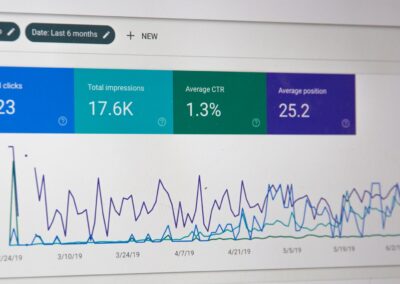The Crucial Role of Data Encoding in Handling Complex Data Types
Data Encoding Methods in Machine Learning: A Key to Handling Complex Data
The application of effective data encoding methods in machine learning is essential for handling complex data types, a challenge that is increasingly relevant for businesses in Saudi Arabia and the UAE as they embrace advanced AI technologies. Data encoding transforms raw data into a format that machine learning algorithms can process efficiently, enhancing the accuracy and performance of predictive models. In cities like Riyadh and Dubai, where digital transformation is rapidly advancing, understanding and implementing the right data encoding methods is critical for business success.
Data comes in various forms, including categorical, numerical, and textual types, each requiring a specific encoding technique. For example, categorical data, which consists of discrete values such as “Yes” or “No,” can be encoded using methods like One-Hot Encoding or Label Encoding. One-Hot Encoding converts categories into binary vectors, allowing machine learning models to interpret the data without assuming any inherent order. On the other hand, Label Encoding assigns a unique integer to each category, which is useful when the data has a meaningful ranking. For business leaders and managers in the Middle East, employing the correct encoding method is vital for optimizing machine learning models, whether they are used for customer segmentation, market analysis, or financial forecasting.
Moreover, the choice of data encoding method can significantly impact the performance of machine learning models. For instance, using One-Hot Encoding on a dataset with a high cardinality, meaning many unique values, can lead to a sparse matrix, which may slow down model training. Conversely, Label Encoding might introduce bias if the encoded integers imply a false order among categories. Thus, businesses in Saudi Arabia and the UAE must carefully select the appropriate encoding technique based on the nature of their data and the specific requirements of their machine learning models. By doing so, they can ensure that their AI-driven strategies are both accurate and efficient, leading to better decision-making and competitive advantages.
Common Techniques for Encoding Different Data Types
Understanding the common techniques for encoding different data types is crucial for businesses aiming to leverage machine learning in complex and data-rich environments like those in Riyadh and Dubai. One widely used technique is One-Hot Encoding, which is particularly effective for categorical data with no ordinal relationship. This method creates binary columns for each category, allowing the model to process the data without any implicit assumptions about the categories’ order. However, as mentioned earlier, One-Hot Encoding can lead to a significant increase in the dimensionality of the dataset, which might require additional computational resources, a factor that businesses must consider when implementing AI solutions.
Another popular encoding technique is Label Encoding, which is often applied to ordinal data, where the order of categories carries significance. For example, in a dataset where customer satisfaction is rated as “Low,” “Medium,” or “High,” Label Encoding can efficiently represent these categories as integers (e.g., 0, 1, 2), preserving their order. This method is computationally efficient and easy to implement, making it an attractive option for businesses dealing with ordered categorical data. However, it’s important to be cautious when using Label Encoding for non-ordinal data, as it might inadvertently introduce a hierarchy that does not exist, potentially skewing the model’s predictions.
For numerical data, techniques like Min-Max Scaling and Standardization are commonly used to encode values into a specific range or distribution. Min-Max Scaling, for instance, transforms data to fit within a specified range, typically [0, 1], ensuring that all features contribute equally to the model’s learning process. Standardization, on the other hand, adjusts the data to have a mean of 0 and a standard deviation of 1, which is particularly useful when the data has different units or scales. These encoding methods are essential for machine learning models in industries like finance and healthcare, where data ranges can vary widely, and ensuring consistency is key to accurate predictions.
By applying the right data encoding methods, businesses in Saudi Arabia and the UAE can enhance the performance and accuracy of their machine learning models. As these regions continue to lead in AI adoption and innovation, mastering data encoding techniques will be instrumental in driving business success and maintaining a competitive edge in the global market.
#AI #ArtificialIntelligence #DataEncoding #MachineLearning #BusinessSuccess #SaudiArabia #UAE #Riyadh #Dubai #ExecutiveCoaching #ManagementConsulting #LeadershipSkills #TheMetaverse #GenerativeAI #Blockchain
































